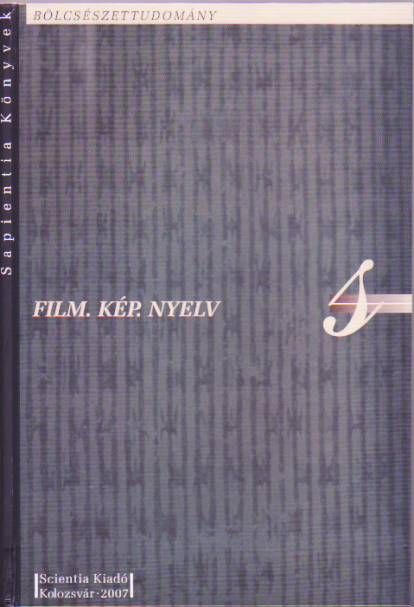LOKÁLIS TÉRKONCEPCIÓ ÉS „ELEMI” KÉPSZERŰSÉG A „FEKETE SZÉRIA” FILMJEIBEN
LOCAL SPACE AND "ELEMENTARY” PICTURALITY IN THE FILMS OF THE SO CALLED “BLACK SERIES”
Author(s): Zoltán Gregus
Subject(s): Fine Arts / Performing Arts, Film / Cinema / Cinematography
Published by: Scientia Kiadó
Keywords: black series; Hungarian film
Summary/Abstract: It is very difficult to name periods or trends in the Hungarian film production at the turn of the 1980s and 1990s. The ’black series’ is perhaps the most appropriate designation for the films directed by Béla Tarr, Ildikó Enyedi, Attila Janisch, György Fehér and János Szász, emblematic figures of this time, provided that we consider it more than a technical option and view it as a stream with formal and thematic overlappings. The present paper argues that the black and white technique used in the forementioned films is not a fashionable and arbitrary option but stylisation and a means of abstraction from the concrete social-political environment, which can be interpreted in most cases as a return to the elementary. Therefore it becomes an important dramatic element, closely connected to the time and space structures of the films. The narration of the above films has a discontinuous structure, its spacial and temporal parameters are characterized by the prevalence of discontinuous and divergent formal elements. Therefore the last part of the paper examines the possibilities of local space conception in the modality of the space outside the picture frame, which can be grasped in the juxtaposition of cuts. I use the term global space for the more or less homogeneous frame that shows a coherence and continuity of perception, while I consider the tangential and discontinuous relation between different types of spaces a local space.
Book: Film. Kép. Nyelv
- Page Range: 199-227
- Page Count: 29
- Publication Year: 2007
- Language: Hungarian
- Content File-PDF

